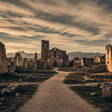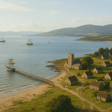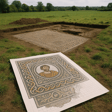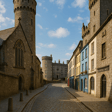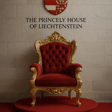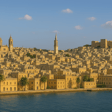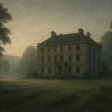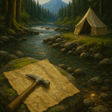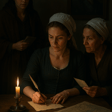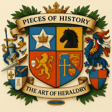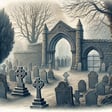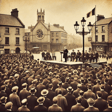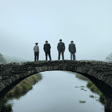
From Castle to Cathedral - The Story of Lisburn
Episode twenty-one of the new season of Pieces of History takes us to Lisburn, a city with a layered past and a living heritage.
My guest is local historian and tour guide Aaron McIntyre, who helps trace Lisburn’s story from its earliest settlements to the city we see today. We look at the debate around its pre-Plantation origins, the transformation of the seventeenth century with the Plantation, linen, and Lisburn Castle, and the great fire of 1707 that reshaped its streets and architecture.
Moving into the eighteenth and nineteenth centuries, Aaron explores the dominance of the linen industry, the rise of families like the Barbours, and the town’s political life — from the Volunteer Movement and 1783 election to the ideals of the United Irishmen. Finally, we reflect on modern Lisburn, how heritage balances with city life, and where its past remains most visible today.
This is more than just a walk through Lisburn’s streets — it’s a journey into how history, industry, and community shaped one of Ulster’s most significant towns.
Email: piecesofhistorypod@outlook.com
Facebook: Pieces of History podcast
Instagram: @pieceofhistorypod
